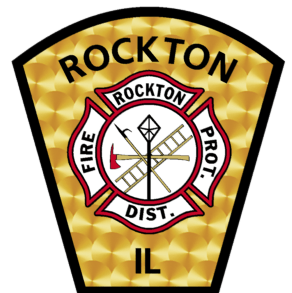District Summary
The Rockton Fire Protection District is located in northern Illinois along the banks of the Rock River. We have one fire station set within a community covering 54 square miles with an approximate population of 23,000 residents.
Established in 1947 as a strictly volunteer fire department the district then served 675 residents and responded to fewer than 50 incidents. Today our organization provides multiple services including fire suppression, EMS advanced life support, rescue and extrication, fire prevention and education. Annually, we proudly answer an average of 1500 calls for service. Historically, the area has had strong agricultural roots, but in recent years there has been a large influx of young families having employment outside of the area, making Rockton more of a residential community.
Daily staffing at the station is comprised of a combination of part time paid EMT/Firefighters, EMT/Firefighters from a contracted staffing agency, paid-on-premises personnel and the fire chief. Station staffing is adjusted up or down to appropriate levels depending on time of day, day of week, weather related emergencies and community events presenting increased potential for service calls. Our administrative office is open daily Monday-Friday, staffed by a business office manager.
Our primary response area is home to several public schools, a number of churches, strip malls, multiple industrial plants, a senior independent living facility, an extended care living facility, several recreational parks, golf courses, dining establishments, retail stores, and many single and multi-family dwellings. Area schools include Hononegah High School, Stephen Mack Middle School, Whitman Post Elementary School and Rockton Grade School.
Within the community are 12 miles of railroad track, with much of the line running through the most densely populated area. Several trains per day traverse this line carrying a wide variety of commodities, industrial products and hazardous materials. Outside the major population center the fire district is mostly rural with much of the land used for livestock and food production making protection against agri-terrorism a priority.




























